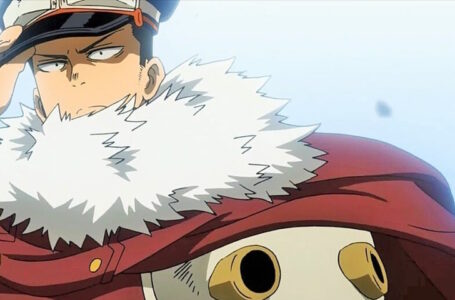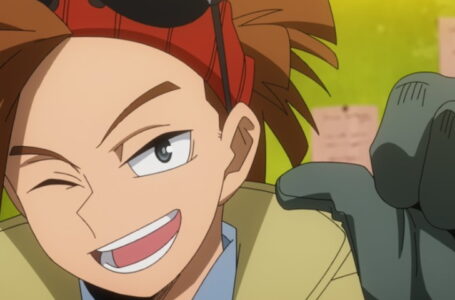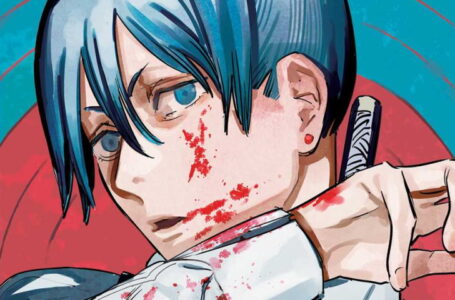What Makes My Hero Academia Fights Work
If you’ve been reading my articles here for any amount of time, it won’t shock you to hear that I love the fights in My Hero Academia. While I’ve already talked about and ranked some of the biggest and most exciting fights in the show, there are a couple of common themes that tie the majority of them together and make them work in a way that so few shonen anime manage.
In the great internet spirit of over-analysing everything I love, I want to discuss what makes these fights so compelling. My Hero Academia is a superhero story and one would expect physical confrontation to factor heavily, so making these fights work is an important part of the show’s success. It needs to do them well and, for the most part, it succeeds.
My Hero Academia’s Tried and Tested Fight Format
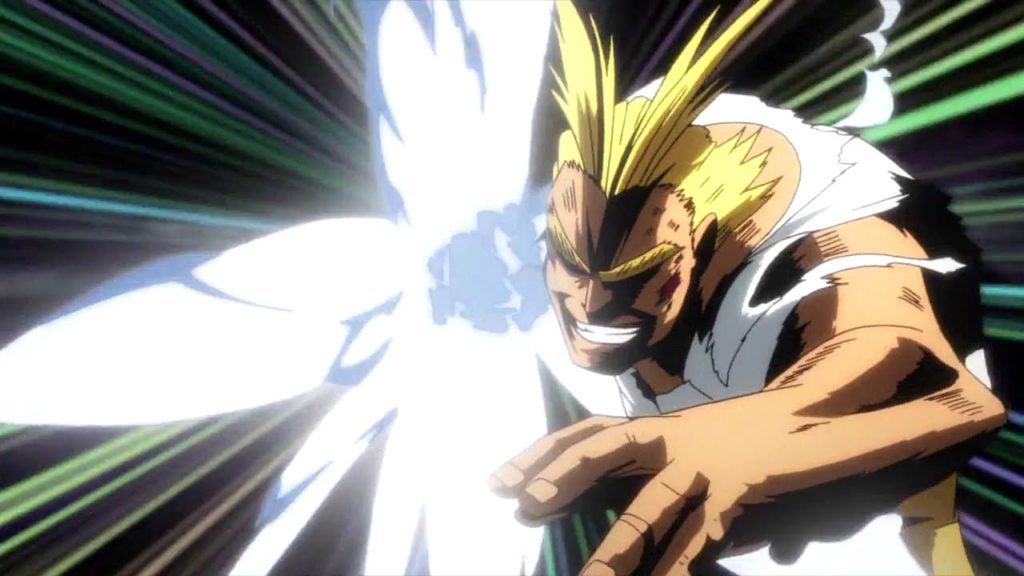
On the surface, it would seem that there is very little unique about My Hero Academia’s fight scenes. Like most shonen anime, they tend to focus on a simple formula.
Step One: Hero and Villain face off
Step Two: Villain initially overwhelms Hero
Step Three: Hero digs deep/finds new level of power/stops holding back and shatters all his bones to defeat the Villain
We’ve seen this consistently in anime. It’s a blueprint that was made famous by Dragon Ball and copied in countless shows over the years. You could say that it is the Hero’s Journey, compressed into a single conflict. My Hero Academia doesn’t really try to break that formula. What it doesn’t do is let the reliance on this format to decrease the tension in the scene.
An example of this is in the first major fight of the show. All Might vs. Nomu. All Might arrives, already near his time limit for using his quirk. Nomu, with a little help from Kurogiri’s creative use of portals, gets the upper hand. All Might then decides that, if this creature was designed to absorb his max-power blows, he would just hit him harder than that, which, you might notice, makes no sense.
This scene still works (and, indeed, remains one of the best fights in the show’s run) because the audience knows that All Might will die before he lets the students come to harm, even if it means going past his usual limit. In the end, he sends Nomu into orbit with a catchphrase-accompanied punch, but the tension remains intact throughout because we are seeing the unstoppable hero, pushed to a point we have not previously seen him at.
Visual Consistency
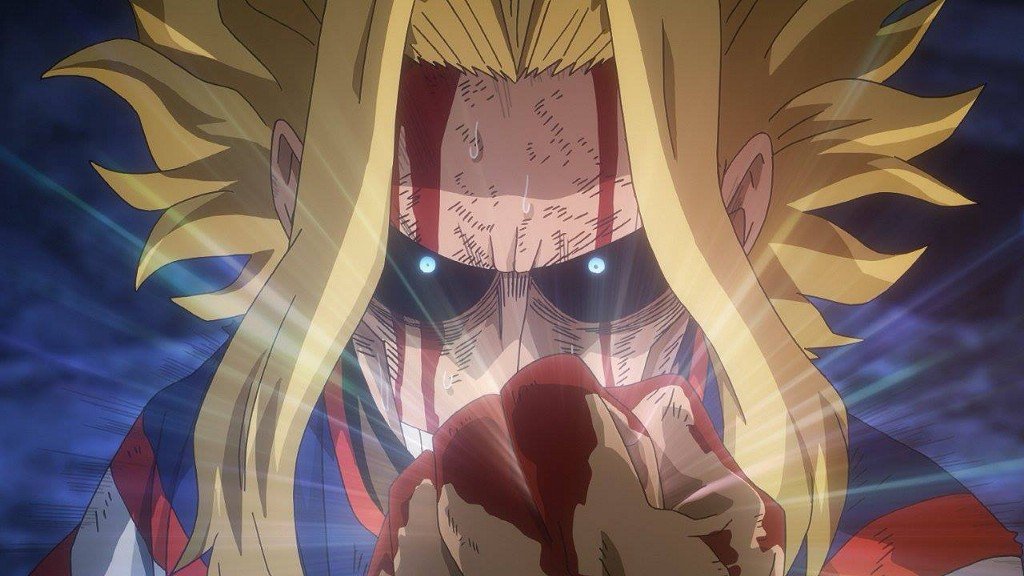
The All Might and Nomu fight, while serving as an example of the excellent tension-building in the show, also breaks one of the key rules that makes the fights work so well visually. All Might is stated to have used over three hundred blows to defeat Nomu, but normally fights in My Hero Academia don’t have nearly that many attacks in them. Most only have a handful of attacks by either side.
Take the All Might vs. All for One fight in season three. The fight has all the drama and tension of the best anime showdowns, with just over a dozen attacks in a battle that takes place over the bulk of an episode and has been built up for the better part of a season. An equivalent fight in Dragon Ball might have Goku spending a chunk of the episode hitting Frieza fast enough that the animators don’t have to draw his arms.
The result of this approach to fights is that each attack feels important. It is harder to know which blow will be the decisive one if each has weight and importance. Each punch on display adds to the tension in the audience, so that by the time All Might is on his last legs and he gives us a mighty United States of Smash, we are on the edge of our seat. The fight works not just because of the drama behind it but because of the economy of action on display.
My Hero Academia may well go down as one of the best shonen properties of all time, and, purely due to its immense popularity, is sure to influence series that come after it for years to come. I hope that its approach to fight scenes, with the escalation of tension and tightly choreographed conflicts is what it passes on to the next generation of anime.
You can stream My Hero Academia on Crunchyroll and Funimation.
Join The Discussion
Rice Digital Discord
Rice Digital Twitter
Rice Digital Facebook
Or write us a letter for the Rice Digital Friday Letters Page by clicking here!
Disclosure: Some links in this article may be affiliate links, which means we may earn a small commission if you make a purchase after clicking on them. This is at no additional cost to you and helps support Rice Digital!
- Six of the best Stands in JoJo’s Bizarre Adventure - June 2, 2023
- 4 of the best JRock tracks from May - June 1, 2023
- Hump Day Husbandos: Guts (Berserk) - May 31, 2023




